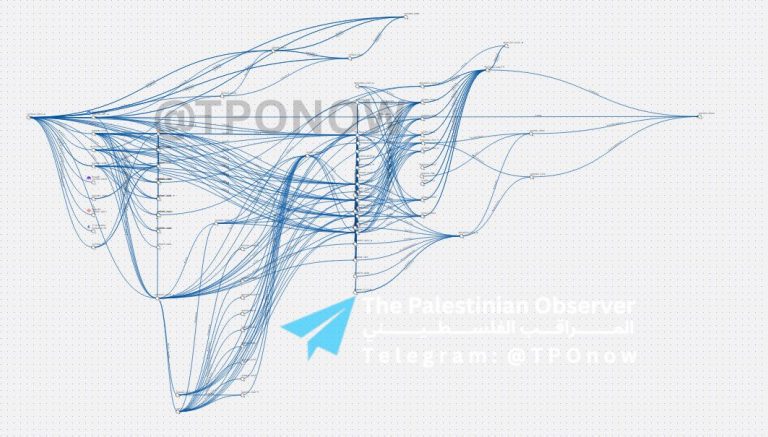“The Drones Are Back”: Hamas UAV Kills Israeli Soldier in First Successful Strike Since October 2023
June 3, 2025 | Gaza City — The Palestinian Observer

For the first time since October 2023, a Hamas drone has successfully struck an Israeli military target inside Gaza—killing one soldier and seriously wounding several others in the Shuja’iyya district of Gaza City. The attack, which Israeli media now confirms involved either a kamikaze UAV or a drone that dropped an explosive, marks a critical breach of Israel’s electronic warfare shield and signals the return of Hamas drones as an operational threat on the battlefield.
Hebrew-language sources—including Hadshot and Channel 12—have verified the casualty and noted that the strike occurred during an ongoing IDF operation in the dense urban terrain of eastern Gaza. The success of the drone, despite heavy Israeli use of signal jamming, represents a tactical and technological breakthrough for the Palestinian resistance.
How It Got Through: Breaching the EW Umbrella
Since late 2023, Israel has relied heavily on ground-level jamming systems—both vehicle-mounted and man-portable—to suppress Hamas’s drone capabilities. These systems target GPS (L1) and common control bands (2.4 GHz, 5.8 GHz), disrupting UAV navigation and command signals. Until now, this strategy had been largely effective.
However, this week’s drone attack suggests Hamas has overcome those defenses through one or more of the following methods:
- Autonomous waypoint navigation, allowing the UAV to fly without real-time control;
- IMU-assisted flight, enabling the drone to continue its mission during temporary GPS denial;
- Alternative control frequencies such as 915 MHz LoRa, which are less commonly jammed in the field;
- Terrain-masked flight paths, flying low through alleyways and under building cover to evade radar and EW line-of-sight.
The UAV’s ability to deliver a lethal payload inside the most heavily jammed combat zone in the region demonstrates a leap in electronic counter-countermeasures (ECCM) by Hamas’s drone units, likely under the Izz al-Din al-Qassam Brigades.
Strategic Implications
This incident is not just about one strike—it represents a turning point in Gaza’s evolving battlefield. For Israeli forces, it reintroduces an aerial threat they believed suppressed. For Hamas, it opens a renewed operational front where drones—small, autonomous, and hard to detect—can now play an active combat role.
The psychological impact is real: IDF soldiers who once relied on jamming for protection must now assume that any drone in the sky could be armed and accurate. This shift will force changes in movement, posture, and resource allocation—especially in complex terrain like Shuja’iyya, where low-altitude drones can exploit gaps in jamming and radar coverage.
Takeaway
The Shuja’iyya strike marks the return of Hamas’s armed drones to the battlefield for the first time since October 2023—and their evolution into systems capable of defeating Israeli jamming. It’s a quiet, precise, and strategic escalation. Drones are no longer just eyes in the sky—they are weapons again. And now, they’re getting through.



